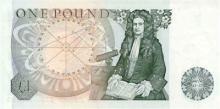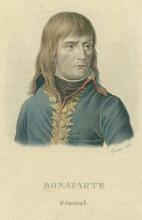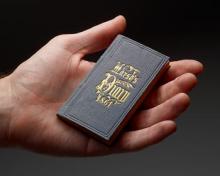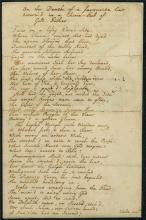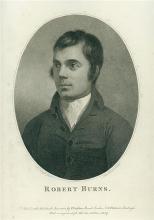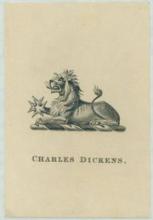Sir Isaac Newton on a mission to curtail the clippers and coyners
Submitted by Carolyn Vega on Wed, 02/02/2011 - 10:55amHow did states cope with financial crisis before the birth of modern economic thought? England turned to Sir Isaac Newton when faced with such a quandary a little over 300 years ago.

